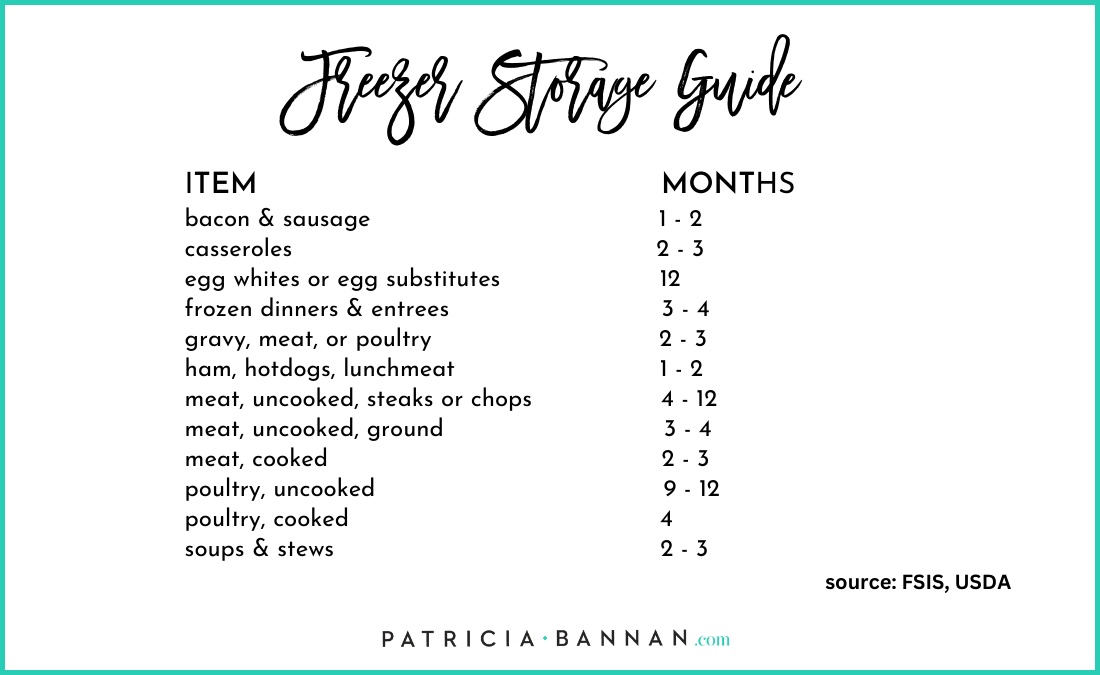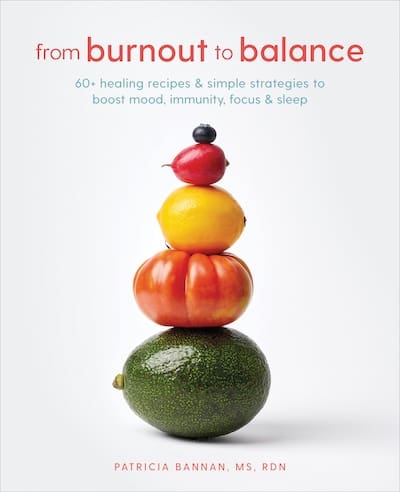Chances are, you have heard of Marie Kondo and her genius organizational expertise otherwise known as the KonMari Method. This minimalism-inspired tactic can not only keep your house tidy, but also your freezer, which is particularly timely seeing that March is Frozen Food Month.
Here’s how to tidy up your freezer to spark joy in your cooking and eating habits.
1. Commit to Cleaning
Set aside some time during the week to commit to cleaning out your entire freezer. Tackling it all at once instead of a little at a time can help prevent your freezer from getting messy and unorganized again shortly after you clean it. Dedicate a block of time during the week or over the weekend to make sure it happens.
2. Discard First
Let’s face it, that freezer burnt chicken probably isn’t sparking joy of any sort. Start by throwing out items that you know you won’t use or eat. You may have had good intentions on freezing a batch of turkey meatballs… 2 years ago. Toss anything that is freezer burnt, or isn’t something you see yourself using in the next few months.
3. Envision Your Ideal
It may sound funny, but imagining your ideal freezer space is part of applying the Kondo principles to the job at hand. Do you want to make eating and cooking healthy meals easy? How would your freezer look? Setting the stage for a clean and functional freezer can help keep you on track.
4. Stock Your Supplies
Now that you have a clean freezer and vision for what you want to create, here are some items that can help you pull it all together (and keep it that way). Although you might want to pick up a few new things at the store, this shouldn’t require a shopping spree. You’d be surprised how many unused household items can be handy for organization, such as reusable shopping bags, magazine holders, and binder clips.
- Resealable bags — Keep items in clear, resealable bags so you can quickly see what’s inside, and freeze foods flat to maximize storage space.
- Plastic bins and crates — Dump the cardboard boxes and use a plastic bin or crate instead. They are inexpensive, and come in a variety of sizes to accommodate the variety of foods you have stored.
- Food sealer — Tightly seal bags and remove all the air so you can clearly see what’s inside, and prevent freezer burn.
- Labels — When in doubt, label it! This can make knowing in a cinch what’s inside and when to use it by. You can even edit and print custom labels to fit your organizational style.
- Magazine holders — These do more than just hold your monthly subscriptions. Items that you have frozen flat, such as meals or sauces, can be stored upright in a magazine holder to keep like items all in one place.
- Rubber bands — Keep a stash of rubber bands handy to tightly close bags of frozen fruits or veggies.
- Magnetized containers — Make the most of your freezer real estate by using magnetized containers on the top part of your freezer for smaller items you don’t use too often, such as nuts, seeds, or spices.
- Reusable shopping bags — If you have a deep freezer, store larger items in reusable shopping bags to store and access them with ease.
- Binder clips — If your freezer doesn’t have room for bigger containers, binder clips can come in handy for keeping bags closed. Better yet, these can be hung from a slotted shelf, giving you even more storage space.
5. Organize by Category
The KonMari method focuses on tidying up by category instead of location, and the same can apply to your freezer. Here’s how to tackle organizing categorically:
- Leftovers (Individual Portions) — Portion out meals or ingredients ahead of time, freeze them individually, then just use what you need. This will save you time from thawing an entire container of something you just need a little of and it will help you enjoy the perfect portion size so you don’t overeat.
- Leftovers (Meals) — Having a stash of already prepared meals in the freezer can make eating healthy for the family super easy in a pinch. Store any leftovers in freezer bags, making them as flat as possible. For larger items, like a lasagna, double your order and freeze one in a disposable baking pan topped with aluminum foil for dinner in no time. Label each with the contents, as well as a toss by date.
- Fruits & Vegetables — Frozen fruits and vegetables are packed at their peak of freshness, often making them even more nutritious than fresh produce. Store all of your frozen fruits and vegetables in the same spot in your freezer and use rubber bands or clips to keep bags from opening. Toss them in a soup or stir fry, or try them in this Spring Vegetable Mini Pot Pies recipe.
- Fish & Seafood — Seafood can be a lean and nutritious protein source, but often has a short shelf life. Utilizing your freezer storage space can be a money-saving way to make the most of sales and leftovers. Buy flash frozen seafood because it is frozen with peak flavor and nutrition intact. Store either cooked or uncooked fish and seafood in a vacuum-sealed bag, or wrap tightly in plastic wrap and aluminum foil before freezing.
- Milk & Dairy — No more fighting the expiration date on milk products. Milk can be frozen right in the container, as long as it is not a cardboard carton. Simply remove about a cup of milk before freezing to allow for expansion during the freezing process. Other dairy products such as yogurt, ricotta, and cottage cheese can be frozen directly in their containers. Thaw all dairy products in the refrigerator, and stir or shake before using to counteract the separation that may have occurred during freezing.
- Baked Goods — Baked goods can go stale fast if left at room temperature. Assure that baked goods such as muffins or quick breads are cool before storing. Wrap items in plastic wrap, and store in a resealable or vacuum-sealed bag. You can also freeze batters in a muffin tin to make from scratch baking simpler than ever.
- Nuts & Seeds — The fat content in nuts and seeds shortens their shelf life, especially in warm or humid temperatures. Store in an air-tight container or resealable bag in the freezer for up to a year.
- Bread, Pasta & Dough — Portion out pasta before freezing on a parchment-lined baking sheet, and store in resealable freezer bags for a simple, family-friendly meal that can go from freezer to table in just minutes. If freezing a whole loaf of bread, wrap tightly in plastic wrap and aluminum foil before freezing. You can also pre-slice bread before freezing so you can just use a few slices at a time.
- Sauces, Soups, and Stews — Soups and sauces are time-saving dishes that can be made in bulk, and stashed away in the freezer. Let these items cool completely before storing, and transfer to a resealable freezer bag to freeze flat to maximize storage space. Freeze in individual servings to make thawing and cooking faster and easier.
- Meat & Poultry — Freezing meat and poultry is a smart way to take advantage of sales, and prevent food waste if you don’t use it all at once. If storing cooked meat or poultry, let it cool completely before adding to a freezer bag. Label with the contents, and a toss by date. Store uncooked meats and poultry on the bottom of the freezer to help prevent the risk of foodborne illnesses or cross contamination in the event of a power outage.
6. Use It (or Discard It)
The challenge with a packed freezer, even an organized one, is it can be hard to know what to eat your way through first. Print a “discard by” freezer guide and keep it handy, like this one, so you always know which foods will perish first.
7. Keep It Clean
Set a reminder on your phone every 3 months to go through your freezer, and discard any items that are past their expiration. Try to tidy things up in the moment as well if you see things getting out of sorts. Dealing with smaller messes saves you time in the long run.






